Seminar: Supramolecular Nanostructures for Catalysis, Photocatalysis and Nanomedicine Applications
S E M I N A R
Monday 23/12/19, 12:00 pm
Building 211, seminar room
SPEAKER:
Prof. Itamar Willner
Institute of Chemistry,
The Hebrew University of Jerusalem
TOPIC:
Supramolecular Nanostructures for Catalysis, Photocatalysis
and Nanomedicine Applications
Abstract:
Substantial information is encoded in the base sequence of nucleic acids, reflected by guided duplex formation, switchable reconfiguration into supramolecular structures and sequence-specific recognition or catalytic functions. These unique properties are used to develop nucleic acid-based supramolecular structures of enhanced hierarchical structural and functional complexities. This will be exemplified with: (i) The synthesis of catalyst- and photocatalyst-modified aptamers, acting as enzyme-mimicking1 and artificial photosynthetic systems2. (ii) Assembly of nucleic acid-based supramolecular constitutional dynamic networks (CDNs)3. In vitro adaptive and hierarchical functions of CDNs4, intercommunication of CDNs5 and feedback-driven CDNs6 will be mentioned, and possible applications, such as, CDN-guided transcription processes will be discussed. The incorporation of CDNs into cell-like containments, Networksomes, will be introduced, and adaptive dynamic operation of the networks, including inter-communication between networksomes will be addressed. (iii) Supramolecular nucleic acid-based stimuli-responsive hydrogel materials will be introduced, and their application as shape-memory, self-healing and controlled drug-release materials7. Specifically, the development of a hydrogel acting as an artificial pancreas will be demonstrated. (iv) Origami tiles represent one of the highlights of supramolecular DNA nanotechnology. The assembly of origami-nanostructures that include mechanically driven parts will be introduced, and the application of mechanically generated “nanoholes” as confined volumes for catalytic transformations will be presented8.
(1) (a) E. Golub, H.B. Albada, W.-C. Liao, Y. Biniuri,I. Willner, J. Am. Chem. Soc., 138, 164-172 (2016). (b) Y. Biniuri, B. Albada, M. Wolff, E. Golub, D. Gelman ,I. Willner, ACS Catal., 8, 1802-1809 (2018).
(2) G.-F. Luo, Y. Biniuri, W.-H. Chen, E. Neumann, M. Fadeev, H.B. Marjault, A. Bedi, O. Gidron, R. Nechushatai, D. Stone, T. Happe, I. Willner, Nano Lett., 19, 6621-6628 (2019).
(3) S. Wang. L. Yue, Z. Shpilt, A. Cecconello, J.S. Kahn, J.-M. Lehn, I. Willner, J. Am. Chem. Soc., 139, 9662-9671 (2017).
(4) Z. Zhou. L. Yue, S. Wang, J.-M. Lehn, I. Willner, J. Am. Chem. Soc., 140, 12077-12089 (2018).
(5) L. Yue, S. Wang, S. Lilienthal, V. Wulf, F. Remacle, R.D. Levine, I. Willner, J. Am. Chem. Soc., 140, 8721-8731 (2018).
(6) L. Yue, S. Wang, V. Wulf, S. Lilienthal, F. Remacle, R.D. Levine, I. Willner, Proc. Natl. Acad. Science U.S.A., 116, 2843-2848 (2019).
(7) J.S. Kahn, Y. Hu, I. Willner, Acc. Chem. Res., 50, 680-690 (2017).
(8) J.-B. Wang, L. Yue, Z. Li, J. Zhang, H. Tian , I. Willner , Nat. Commun., in press.
Last Updated Date : 22/12/2019



